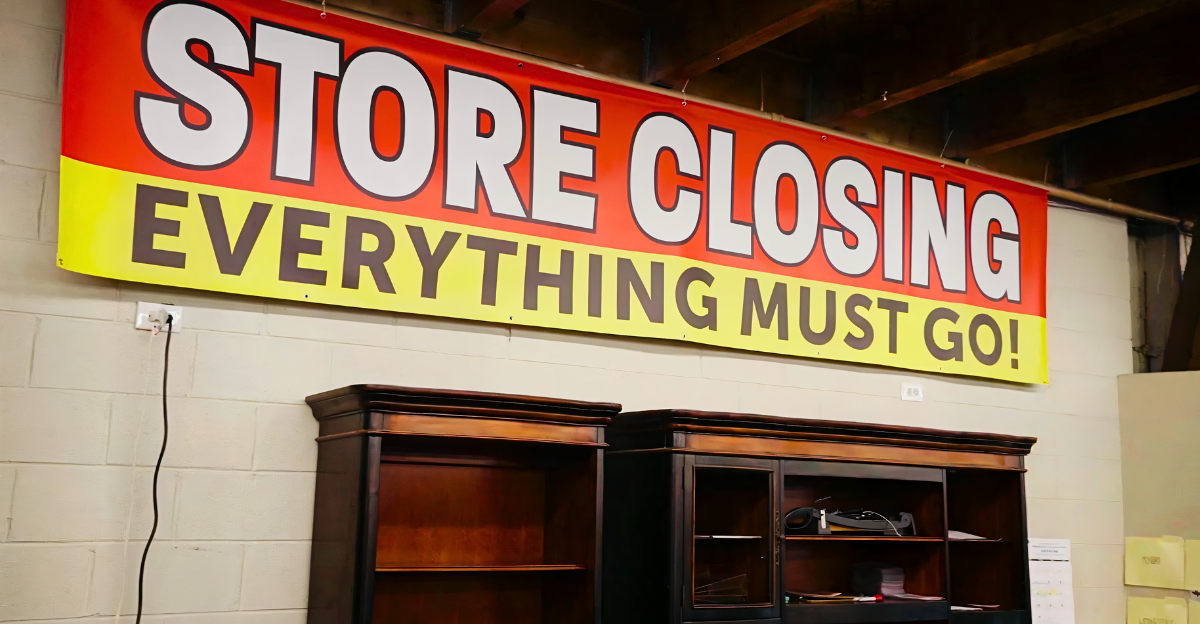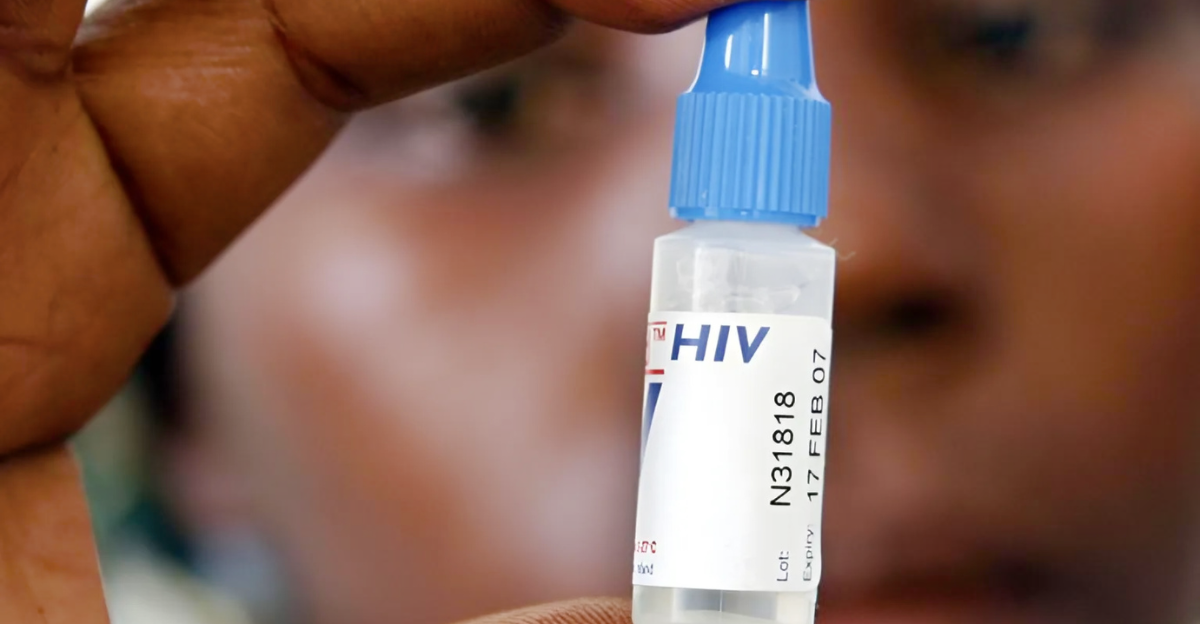
What once stood as a remarkable symbol of beauty hidden beneath the trees is now nothing more than a heap of ash. For nearly a century, this beloved landmark welcomed travelers seeking solitude and breathtaking views at one of America’s most iconic natural wonders. The lodge and dozens of other historic structures are gone after the fast-moving Dragon Bravo Fire.
This is a great loss for staff, travelers, and generations of visitors who won’t ever experience the beauty of this beautiful place.
Timeline of the Wildfire
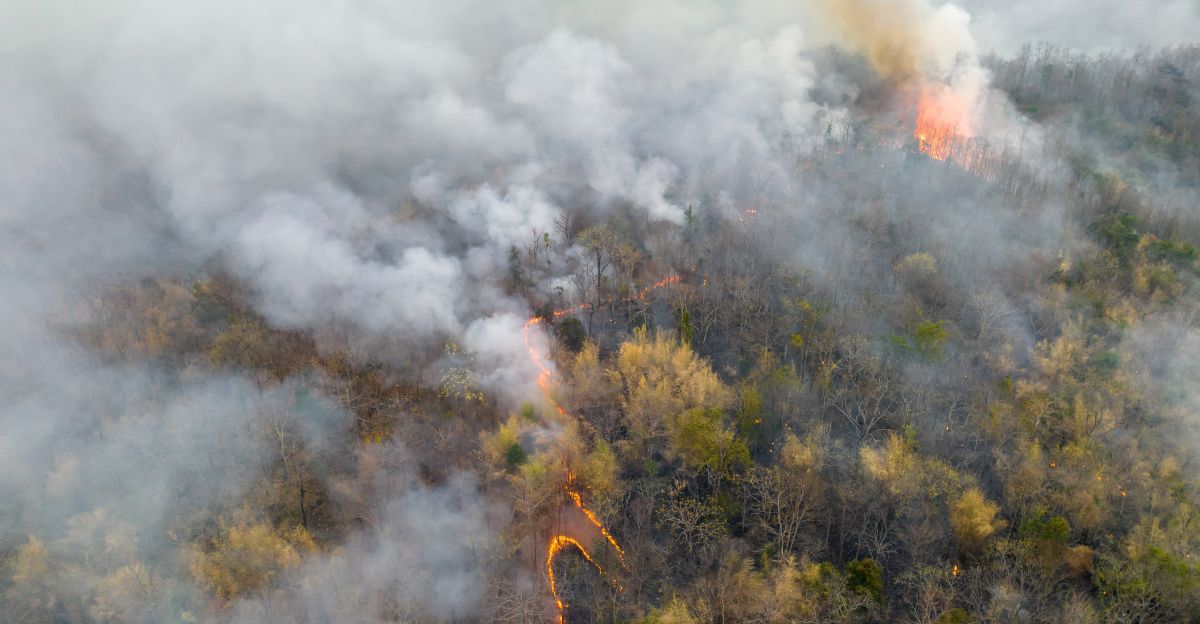
This raging fire began with a lightning strike on July 4, 2025, in the tinder-dry forests of Grand Canyon National Park’s North Rim. The National Park Service initially pursued a “confine and contain” strategy, letting the fire burn under monitored conditions to clear forest debris and promote new growth. However, this fire had other plans. On the night of July 12, fueled by winds up to 40 mph, the fire rapidly expanded by 500 acres and swept through the historic Grand Canyon Lodge and nearby cabins, destroying between 50 and 80 structures.
By July 17, the fire had grown to over 11,000 acres. It remained largely uncontained, with hundreds of firefighters actively working to protect remaining infrastructure and critical sites such as the Roaring Springs water pumphouse. “The Dragon Bravo Fire began July 4 as a lightning-caused wildfire and was under a full suppression strategy from the outset,” said the National Parks Service.
The Legacy of the Grand Canyon Lodge
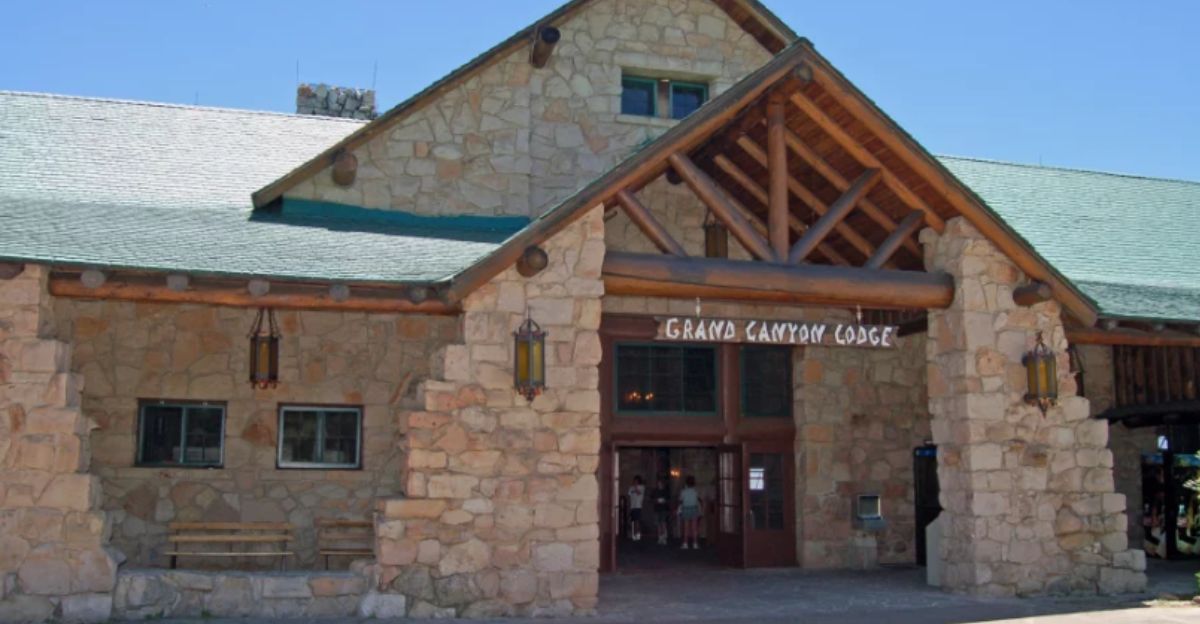
This remarkable lodge has left quite its mark on the history of the National Park. Designed by renowned architect Gilbert Stanley Underwood and completed in 1928, the lodge’s extensive use of native Kaibab limestone and ponderosa pine created a structure that effortlessly blends in with the canyon’s rim.
“I am incredibly saddened by the destruction of the historic Grand Canyon Lodge, and my heart goes out to every person impacted by the Dragon Bravo Fire near the Grand Canyon’s North Rim,” said Arizona Governor Katie Hobbs.
The Day of Destruction
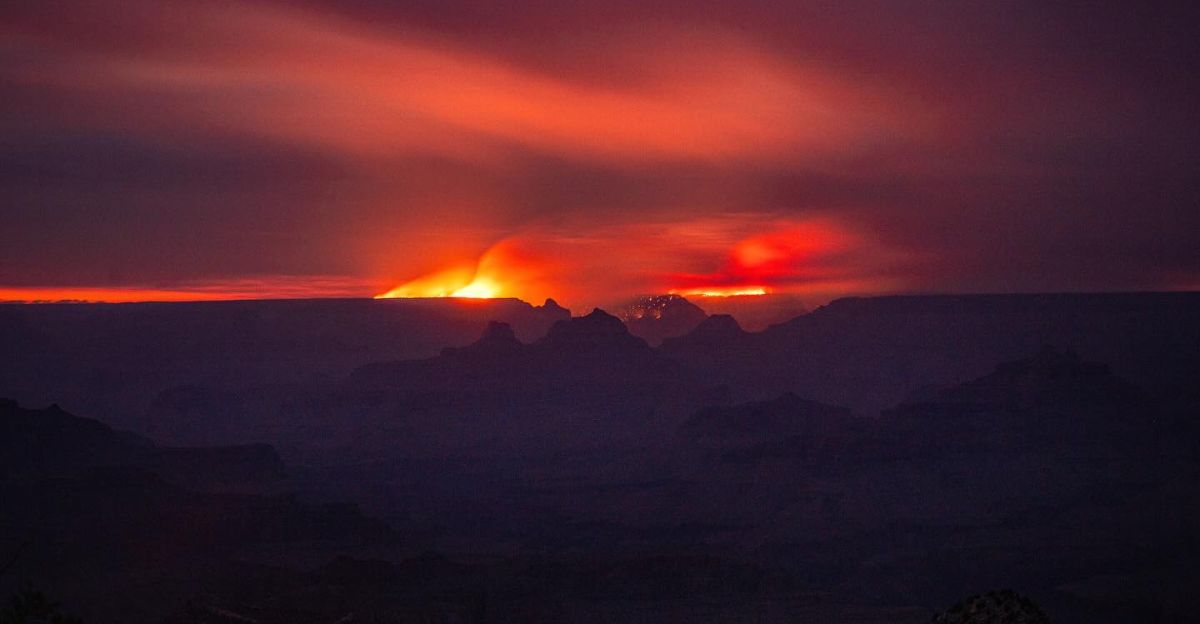
The day started very differently when smoke filled the forest. Fueled by scorching temperatures, low humidity, and high winds, with gusts reaching up to 40 mph, the wildfire rapidly expanded by 500 acres in hours, overwhelming firefighting efforts. Throughout the night, crews worked under pressure in fast-changing conditions to save what they could. The flames swept through the historic Grand Canyon Lodge despite their efforts, turning the beloved 1937 landmark to smoldering ruins.
“As stewards of some of our country’s most beloved national treasures, we are devastated by the loss of the Grand Canyon Lodge,” said a spokesperson for Aramark, the company that ran the lodge. “We are grateful that all of our employees and guests have been safely evacuated.”
Immediate Aftermath and Evacuations
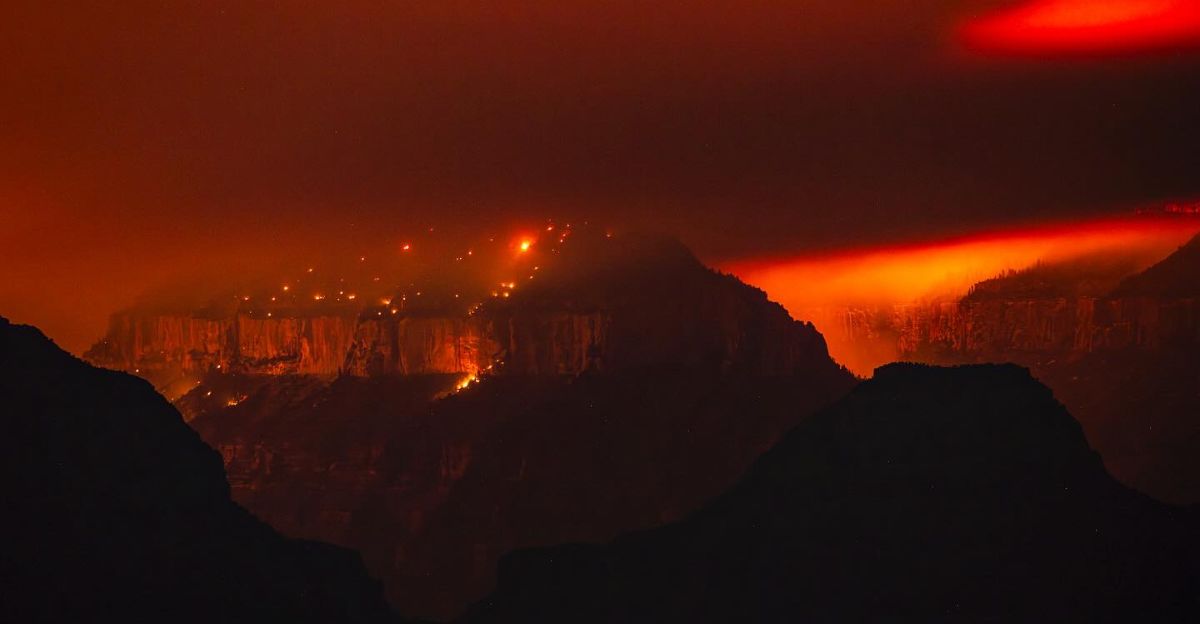
Thanks to remarkable efforts by emergency services, all visitors, staff, and residents, including hikers deep in the canyon and workers living on site, were safely evacuated as the Dragon Bravo Fire destroyed the historic lodge, visitor center, cabins, administrative offices, and vital infrastructure.
Although many lost homes and belongings, no injuries or fatalities were reported, showing just how prepared park authorities and first responders were during this blaze.
Firefighting Strategies Under Scrutiny
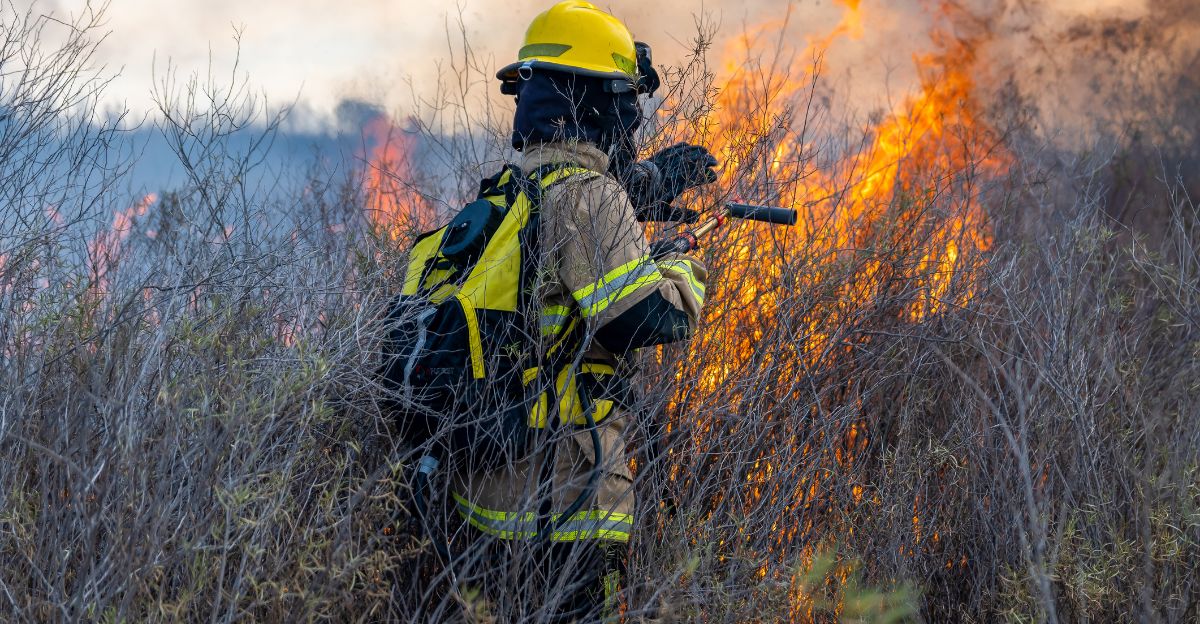
The National Park Service initially deployed a “confine and contain” approach when the fire was first sparked by lightning on July 4. Fire crews closely monitored the situation with minimal immediate threats to structures, believing there was time to benefit the ecosystem without endangering public safety. The delay in ramping up direct intervention, especially during Arizona’s driest and hottest season, has led to public outcry and demands for federal investigations from Governor Katie Hobbs, members of Congress, and local leaders, who question if officials underestimated the wildfire’s potential and failed to act decisively soon enough.
“They must first take aggressive action to end the wildfire and prevent further damage,” said Arizona Governor Hobbs. “But Arizonans deserve answers for how this fire was allowed to decimate the Grand Canyon National Park.”
National Park Service Response
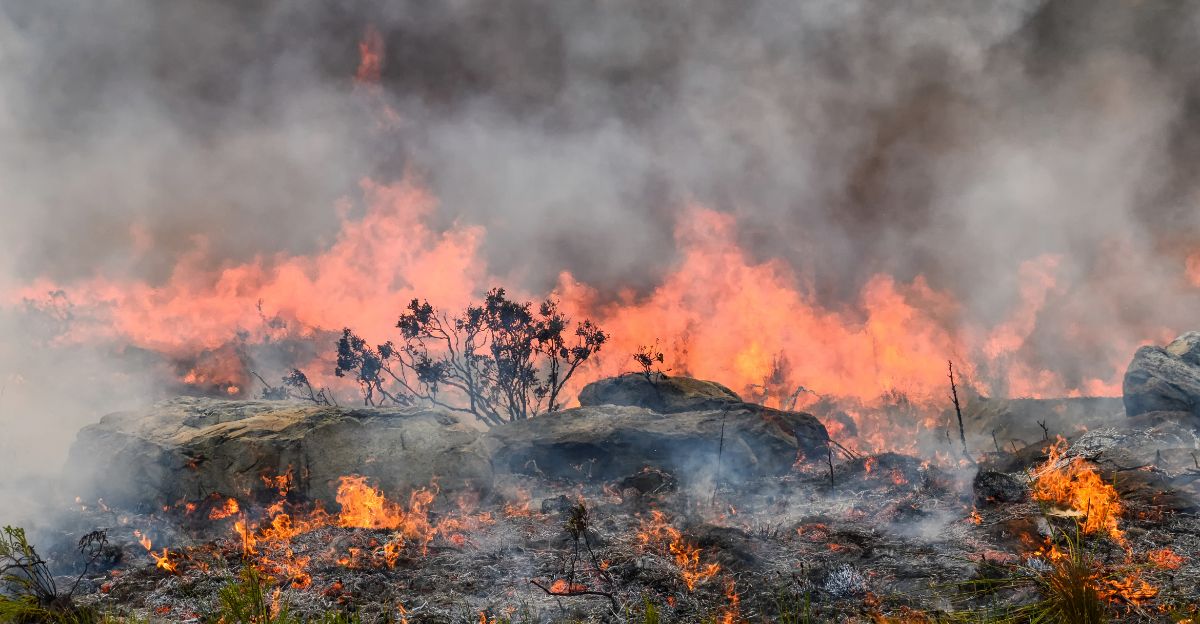
Park officials assert their strategy shifted to “full suppression” as weather conditions abruptly worsened and fire behavior intensified, particularly after unexpected nighttime winds accelerated the flames beyond forecast models. The agency notes that firefighters made significant overnight efforts, including aerial bucket drops and direct engagement.
Still, a chlorine gas leak hampered their work and forced evacuations from the immediate area. Despite questions from Arizona’s governor and lawmakers, the NPS maintains that the primary priority was always the safety of personnel and the public.
Economic Impact for the Region
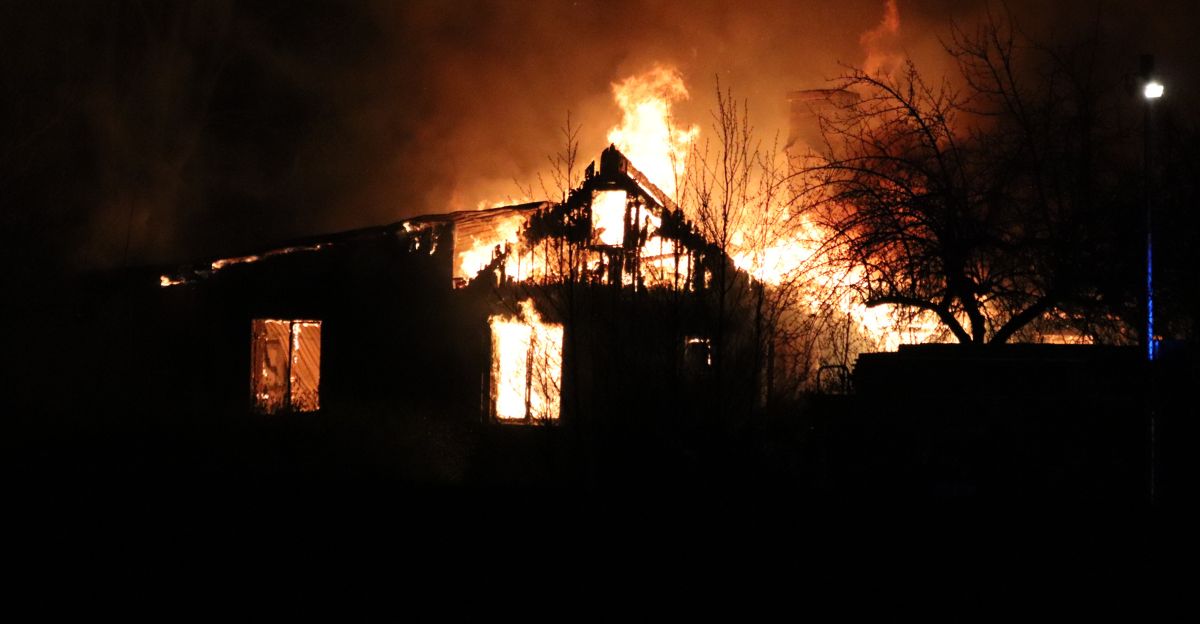
The destruction of the Grand Canyon Lodge and the closure of the North Rim for the entire 2025 season has dealt a severe blow to the region’s economy, which is heavily dependent on tourism. Peak season, typically running from May to mid-October, was abruptly cut short, resulting in lost revenue not just for the lodge but for small businesses, outfitters, and seasonal workers who rely on the influx of visitors.
Companies like Canyon Trail Rides were forced to refund upwards of $100,000 in prepaid reservations and lay off staff, with some employees losing jobs entirely, while others were relocated to operations in other parks. “That’s almost 90 days of reservations from July 12 through Oct. 15,” said Crystal Mortensen, whose family owns Canyon Trail Rides.
The North Rim Community in Mourning
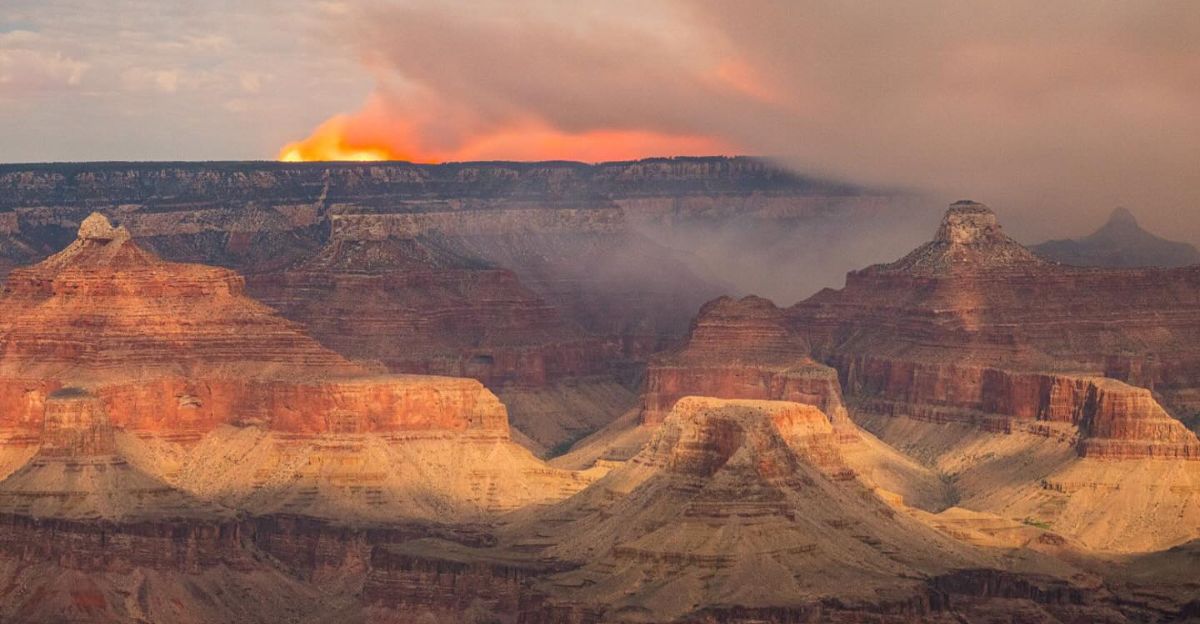
Generations of residents, business owners, park staff, and families with deep roots in the area collectively mourn the loss of the Grand Canyon Lodge and the foundations of daily life that once defined this remote, tight-knit region. For many, the North Rim was more than a seasonal destination.
Evacuated residents and workers, some sheltering at the South Rim or nearby towns, now have to face empty ruins as the fire only left destruction in its path. Despite the grief, local leaders and longtime residents underscore their resilience and hope for rebuilding, even as they acknowledge that some traditions and landscapes are lost forever.
Hopes for Rebuilding Amidst the Ashes
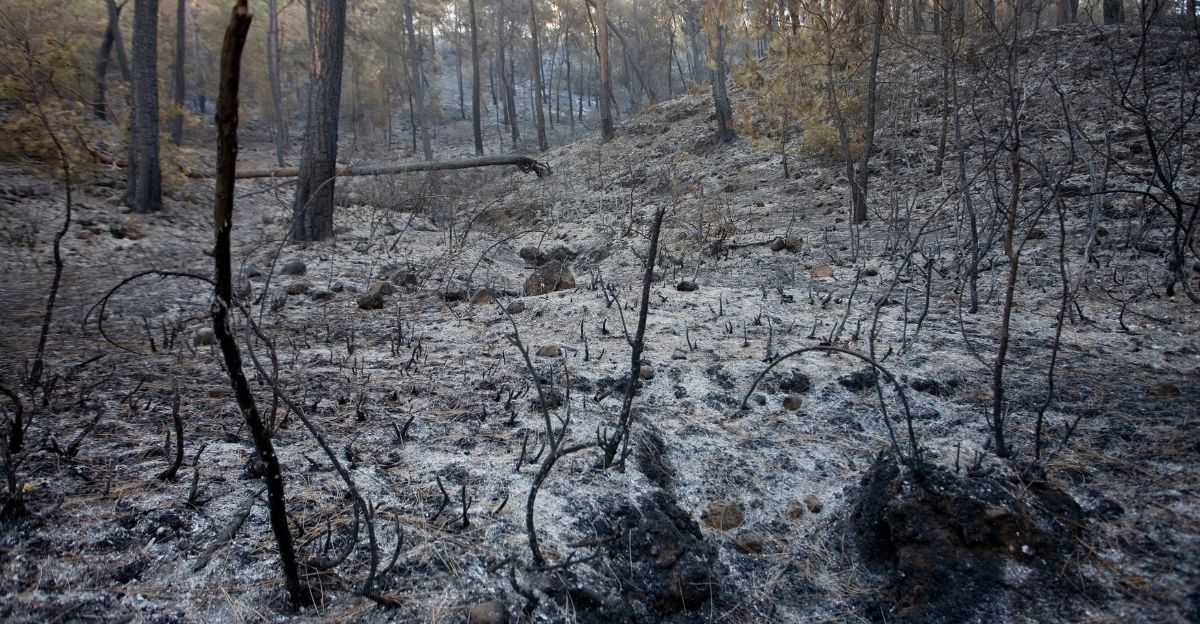
While the National Park Service and community leaders emphasize that the immediate priority remains extinguishing the fire and ensuring safety, a clear and growing resolve exists to rebuild what was lost eventually. Organizations such as the National Parks Conservation Association have pledged support to restoration efforts, and local voices express optimism that the iconic lodge could once again welcome generations of visitors as it did after the fire of 1932.
“There’s a ton of Utah connection in the north end. Really, people in Kanab are the ones who first developed it way over 100 years ago,” said Grand Canyon historian Davy Crockett. “Those of us who know people there just have the faith and understanding that they’re going to do everything they can to see that that can be rebuilt.”





